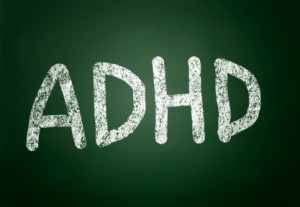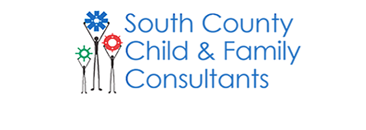 Attention Deficit Disorder and ADHD refer to children who experience distractibility, hyperactivity, and problems sustaining focus or attention. These disorders are quite common, and many children display mild symptoms that interfere with their ability to reach their full potential in school and other settings. Here are some strategies and ideas for kids with ADHD in Rhode Island.
Attention Deficit Disorder and ADHD refer to children who experience distractibility, hyperactivity, and problems sustaining focus or attention. These disorders are quite common, and many children display mild symptoms that interfere with their ability to reach their full potential in school and other settings. Here are some strategies and ideas for kids with ADHD in Rhode Island.
An Introduction
Attention Deficit/Hyperactivity Disorder is a common psychiatric condition that affects between 3-9% of school-age children. Youngsters with Attention Deficit/Hyperactivity Disorder are characterized by symptoms such as high levels of inattention, distractibility, hyperactivity, or impulsivity. While these types of behavior are common in younger children, the symptoms are more severe for those with Attention Deficit/Hyperactivity Disorder and can cause impairment in school, at home, or in social situations.
Many children who do not have Attention Deficit/Hyperactivity Disorder display some of the symptoms in a milder form or may experience symptoms even though they do not appear to be impaired by their high levels of activity or inattention. These children, who are sometimes referred to as having borderline or non-clinical levels of Attention Deficit/Hyperactivity Disorder, are often helped by many of the same strategies used and recommendations given for youngsters who meet the criteria for a diagnosis of Attention Deficit/Hyperactivity Disorder.
Parents are often confused by the terminology that psychologists and mental health professionals use in describing attention disorders. Parents often ask about the differences between ADD and ADHD. The reason for this confusion is due to certain changes in the system used for psychiatric diagnosis. Currently, there is no actual psychiatric disorder called ADD, or Attention Deficit Disorder. All individuals who are diagnosed with attention problems have one variety or another of ADHD, or Attention Deficit/Hyperactivity Disorder. The ADD, or Attention Deficit Disorder, diagnosis comes from a system known as the DSM-III, which was used during the 1980s. A system known as DSM-IV was published in 1994 and now refers to all attention problems as ADHD, or Attention Deficit/Hyperactivity Disorder.
In the DSM-IV, all varieties of attention problems have both the terms “Attention Deficit” and “Hyperactivity” in their titles. There are four varieties of ADHD:
- Attention Deficit/Hyperactivity Disorder, Predominantly Inattentive Type — This subtype describes individuals whose primary symptoms revolve around inattention.
- Attention Deficit/Hyperactivity Disorder, Predominantly Hyperactive-Impulsive Type — This subtype describes individuals whose primary symptoms are activity-based but also encounter moderate attention problems.
- Attention Deficit/Hyperactivity Disorder, Combined Type — This is the most common type of attention problem, and it describes those individuals in whom the symptoms of both inattention and high levels of activity are observed.
- Attention Deficit/Hyperactivity Disorder, Not Otherwise Specified — This subtype describes individuals who have many symptoms of Attention Deficit/Hyperactivity Disorder but do not meet the full criteria for a diagnosis of one of the other subtypes. It is often used to describe individuals who display many signs of executive functioning difficulties, such as problems with working memory, processing speed, organizational skills, and task persistence.
To learn more about the specific symptoms of each of the Attention Deficit/Hyperactivity Disorder subtypes and to find specific recommendations for youngsters with these types of Attention Deficit/Hyperactivity Disorder, use the navigation links on the right.
Receive online class information and helpful tips from Dr. Randy Kulman's LearningWorks for Kids |



